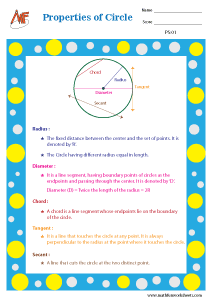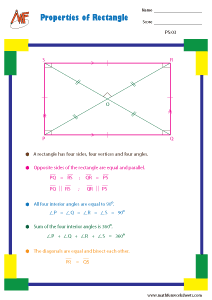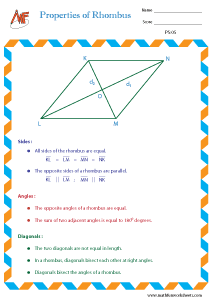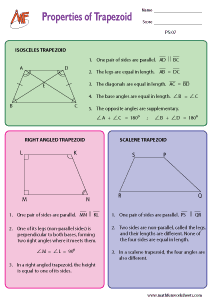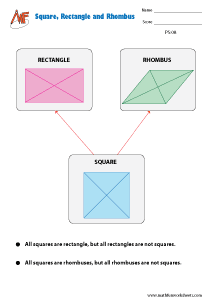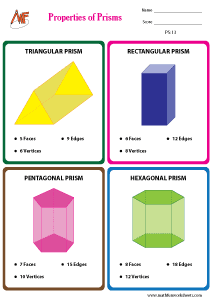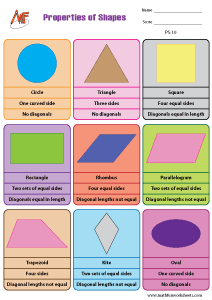Browse by Topics
- English Worksheets
- Kid's Corner
- Numbers & Operations
- Addition
- Subtraction
- Multiplication
- Division
- Decimals
- Place Value
- Roman Numerals
- Skip Counting
- Odd & Even Numbers
- Patterns
- Cardinal & Ordinal Numbers
- Rounding Numbers
- Estimation of Numbers
- Estimation of Time & Money
- Counting & Cardinality
- Comparing Numbers
- Ordering Numbers
- Fractions
- Prime & Composite Numbers
- Squares & Cubes
- Divisibility Rules
- Factors & Multiples
- Data Handling
- Algebra
- Ratio
- Proportion
- Order of Operations
- Scientific Notation
- Exponents
- Algebraic Expressions
- Evaluating Algebraic Expressions
- Simplifying Algebraic Expressions
- Graphing Lines
- Point Slope Form
- Two Point Form
- Two Intercept Form
- Equations
- Identifying Functions
- Evaluating Functions
- Function Table
- Domain and Range
- Trigonometric Charts
- Quadrants
- Polynomials
- Measurement
- Geometry
- Word Problems
Properties of Shapes Worksheets
Properties of Shapes Worksheets for kids are designed to help young learners understand the fundamental characteristics of geometric shapes, both 2D and 3D. These worksheets typically cover various concepts such as:
Identifying Shapes: Students will practice recognizing and naming common shapes like circles, squares, triangles, rectangles, and polygons.
Counting Sides and Angles: Worksheets may ask children to count the number of sides, vertices, and angles in a given shape. This helps develop their understanding of basic geometry.
Understanding Symmetry: Activities may include identifying symmetrical shapes or drawing the line of symmetry in figures like squares, circles, or butterflies.
Classifying Shapes: Worksheets help students classify shapes based on their properties, such as identifying triangles based on side lengths (equilateral, isosceles, scalene) or quadrilaterals (square, rectangle, parallelogram).
Properties of 3D Shapes: For older children, the worksheets may cover 3D shapes like cubes, spheres, cones, and pyramids, and their properties such as faces, edges, and vertices.
These worksheets are typically colorful, interactive, and easy to understand, aiming to make learning about shapes fun and engaging. They help build a solid foundation for further studies in geometry and spatial reasoning.
RELATED GEOMETRY TOPICS : 2D Shapes, 3D Shapes, Lines rays line segments and planes, Composing and Decomposing shapes

